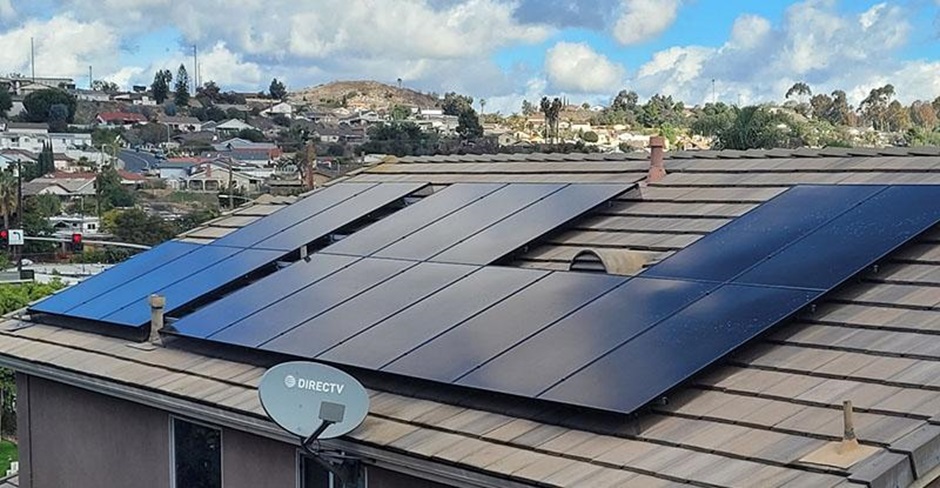In the recent years, climate change has become an important topic. The good news is that people are getting more aware and they’re trying to live a greener life. Hence, the whole world is more and more shifting towards renewable sources.
One such source is, of course, solar power. This is one of the most promising solutions in the fight against climate change. It is one of the best ways to reduce our dependence on fossil fuels. That’s why installing solar panels on your roof will help the planet. Here are the reasons why this is such a good idea and some tips on how to make your roof suitable for solar panels.
The Importance of Solar Panels
Solar panels play a pivotal role in the fight against climate change. The introduction of solar panels is an important step in transitioning towards a sustainable future. Thanks to harnessing the energy from the sun, solar panels are great substitutes for fossil fuels.
They reduce greenhouse gas emissions and mitigate the harmful impacts of global warming. They also enhance energy independence. In other words they reduce reliance on finite and polluting energy sources.
On individual level, solar panels can help out a household as well. They empower people and communities to take control of their energy consumption and, consequently, lower their utility bills. This way, fostering a more resilient and decentralised energy grid is much easier.
Roof Orientation and Angle
The orientation and angle of your roof are extremely important when it comes to suitability for solar panels. Best case scenario here is that the roof faces south. That is because this type of roof receives the most sunlight during the day, which makes it perfect for solar installations.
On the other hand, roofs that face east and west are slightly more problematic. However, they are not bad options either – the efficiency would just be a bit reduced. Angle of the roof should be somewhere between 15 and 40 degrees for solar exposure to be maximalised.
Roof Material
Various roofing materials will have various levels of compatibility with these installations. There are several roofing materials that are common and suitable for solar panels Asphalt shingle roofs, for instance, provide a stable and durable surface for solar panels.
Metal roof are also great for this as they are also known for their durability and longevity. Slate roofs, such as MLR Slate Roofing, also offer durability and longevity. Tile roofs, clay or concrete, can support solar panels as well. However, the installation process can be complex and costly, so this isn’t the best option for anyone.
Roof Age and Condition
Before you install solar panels, you should assess the age and condition of your roof. This will also determine whether your roof is suitable for solar panels. If you notice any damage or that your roof is nearing the end of its lifespan, you should address these issues.
Only a sturdy and well-maintained roof will be a good base for the installations. For longevity and good performance, the solar panels will work best when they are installed on a good foundation. As soon as you fix any potential issues, your roof will be ready for the installation.
Structural Integrity and Local Regulations
As solar panels add weight to your roof, you should ensure that the roof’s structure is good enough to support it. You can always consult a structural engineer or a qualified solar installer to help you determine if any reinforcements are needed.
Finally, before installation, you should ensure that you have all of the local regulations and permits necessary for it. As soon as you get all of the necessary documentation, you could start working on your solar panels!
Conclusion
Solar panels are highly beneficial – for the environment and for you. They are a simple way to introduce sustainability in in your home and they come with a lot of advantages. Soon, you’ll have more control over your energy consumption and you’ll be able to see the difference on your utility bills as well.
Make sure to check out the current condition of your roof and to fix any potential issues. Once you have all the permits, nothing will stop you on the way to the greener future!

